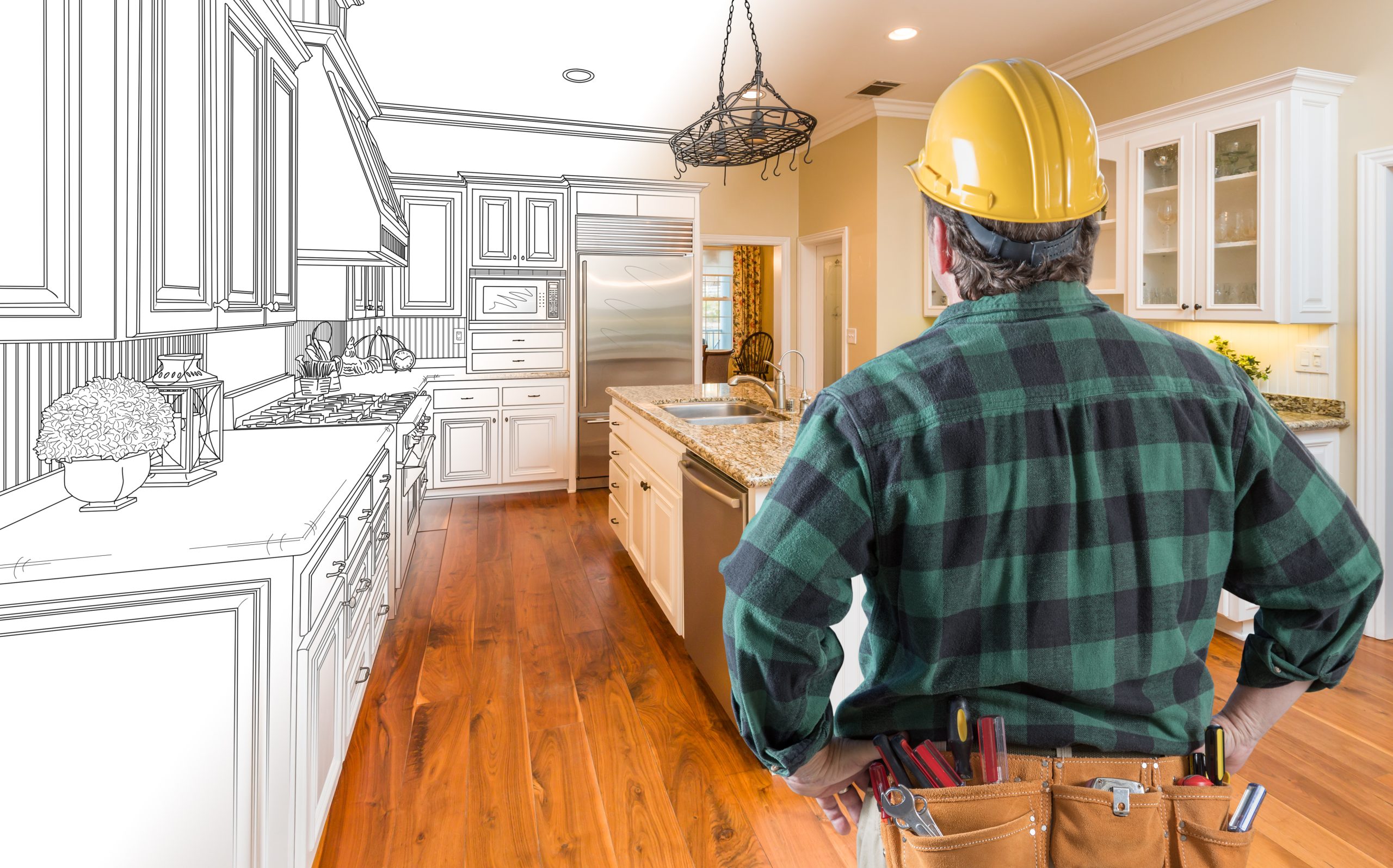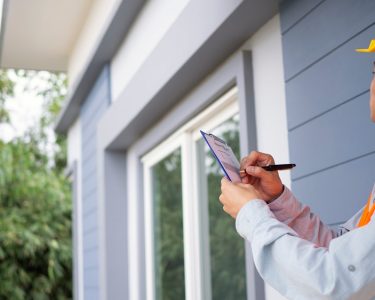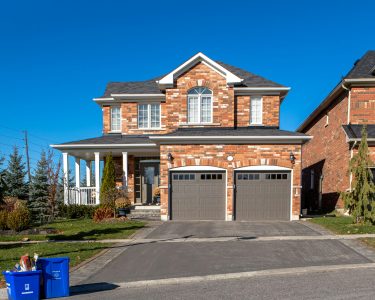Home improvement is more than just a means to enhance the aesthetic appeal of a residence. It’s a reflection of the homeowner’s commitment to quality, longevity, and most importantly, safety. In an era where DIY projects are gaining popularity, the importance of professional services in home remodeling cannot be overstated. This article delves into the significance of expert intervention in home improvement, emphasizing safety, quality, and the long-term benefits homeowners stand to gain.
In the vast landscape of home improvement, the intersection of safety and quality is paramount. Every decision, from the choice of materials to the selection of contractors, plays a role in determining the final outcome. While the allure of quick fixes and budget solutions can be tempting, they often come at the cost of compromised safety and diminished quality.
The home, for many, is a sanctuary—a place of refuge, comfort, and memories. As such, any improvement or modification to this space should enhance its value, both in terms of aesthetics and functionality. However, beyond these tangible benefits lies a more profound responsibility: ensuring the safety of its inhabitants. Whether it’s the structural integrity of a newly added extension, the electrical safety of a renovated kitchen, or the indoor air quality following a paint job, every aspect of home improvement carries with it inherent safety considerations.
Moreover, the concept of quality in home improvement is multifaceted. It’s not just about the visual appeal or the tactile experience. Quality encompasses durability, functionality, and sustainability. High-quality home improvements stand the test of time. They resist wear and tear, function seamlessly, and often have a minimal environmental impact. This emphasis on quality ensures that homeowners enjoy the benefits of their investment for years, if not decades.
In the age of information, homeowners have access to a plethora of resources, from online tutorials to home improvement television shows. While these resources can be informative and inspiring, they can also create a false sense of confidence. Not all home improvement projects are suitable for the DIY approach. Some require specialized skills, tools, and knowledge. The risks of undertaking such projects without the requisite expertise can range from financial setbacks to serious safety hazards.
The Professional Touch: Quality and Longevity in Home Remodeling
In the realm of home improvement, the distinction between amateur and professional work can often be the difference between fleeting satisfaction and lasting value. While the DIY spirit embodies creativity and initiative, certain projects demand a level of expertise and precision that only professionals can provide.
When homeowners embark on the journey of remodeling, they’re not just altering spaces; they’re investing in their future. This investment, both emotional and financial, deserves the best. Professionals bring to the table a combination of experience, knowledge, and resources. Their understanding of materials, techniques, and design principles ensures that every project is executed to perfection.
One of the most significant advantages of hiring home remodeling professionals is their meticulous attention to detail. In home remodeling, the devil often lies in the details. Whether it’s ensuring the seamless alignment of tiles, the perfect consistency of paint, or the precision of architectural measurements, professionals ensure that every aspect of the project meets the highest standards of quality.
Beyond the visible aspects of quality, professionals also delve into the unseen elements that contribute to the longevity of renovations. For instance, while a freshly painted wall or a newly installed window might look impeccable to the untrained eye, underlying issues like moisture, structural integrity, or insulation can compromise their lifespan. Professionals preemptively address these concerns, ensuring that the beauty and functionality of renovations endure the test of time.
Another facet of the professional touch is the integration of innovation with tradition. While professionals honor time-tested techniques and principles, they’re also at the forefront of industry innovations. By harnessing the latest technologies, materials, and design trends, they ensure that homeowners receive the best of both worlds: the reliability of traditional craftsmanship and the advantages of modern innovation.
Furthermore, professionals bring a holistic approach to home remodeling. They consider the broader implications of every decision, from the environmental impact of materials to the energy efficiency of installations. This comprehensive perspective ensures that renovations are not only beautiful and durable but also sustainable and eco-friendly.
Modern Garage Doors: A Blend of Safety and Technology
The garage, for many households, represents more than just a shelter for vehicles. It’s a multifunctional space, serving as a workshop, storage area, and sometimes even an extended living or recreational space. Given its multifaceted role, the garage door, which stands as the primary point of entry and exit, assumes paramount importance. In today’s era, where technology intertwines with every aspect of our lives, garage doors have evolved to become sophisticated systems that prioritize both safety and innovation.
Safety, undeniably, is at the core of any garage door system. A door that fails to function correctly or has vulnerabilities can pose significant risks, from physical injuries to unauthorized access. Modern garage doors come equipped with a plethora of safety features. Sensors that detect obstructions and prevent the door from closing, auto-reverse mechanisms that activate upon sensing resistance, and reinforced materials that withstand external pressures, all contribute to a safer garage environment.
But safety isn’t the only hallmark of modern garage doors. The integration of technology has transformed these doors from mere functional entities to smart systems. Homeowners can now control and monitor their garage doors remotely using smartphone apps. Real-time alerts notify them of any unauthorized access attempts, and integrated cameras provide live feeds, adding an extra layer of security. These smart features, while enhancing security, also offer unparalleled convenience, allowing homeowners to operate their garage doors from anywhere in the world.
Energy efficiency is another aspect where modern garage doors shine. Traditional garage doors, especially in homes with attached garages, were often culprits in energy loss. However, contemporary doors, with their superior insulation properties, ensure that the internal temperature of the garage remains consistent. This not only reduces energy consumption but also translates to savings on heating and cooling bills.
Aesthetically, too, modern garage doors have undergone a transformation. Gone are the days of monotonous, drab designs. Today’s doors, while being technologically advanced, don’t compromise on style. Whether homeowners prefer a sleek, minimalist look or a more classic, ornate design, there’s a door that perfectly complements the architectural essence of their home.
Lead-Safe Paints and The Perils of Asbestos: The Need for Awareness
In the vast spectrum of home improvement, certain hazards, often hidden from plain sight, can have profound implications on health and safety. Two such hazards, lead in paints and the presence of asbestos, have historically been sources of significant concern. While both these materials offered certain advantages in construction and aesthetics, their adverse health effects have necessitated a shift towards safer alternatives and practices.
The Hidden Dangers of Lead in Paints
For decades, lead was a common ingredient in paints. Its inclusion offered several benefits: it accelerated drying, increased durability, and resisted moisture, thereby preventing paint decay. However, as research evolved, the detrimental health effects of lead became glaringly evident. Especially vulnerable were children, who, when exposed to lead, faced risks ranging from developmental delays to learning difficulties and behavioral issues. As homes age, paint deteriorates, chipping and turning into dust. This lead-laden dust, when ingested or inhaled, can lead to lead poisoning, a condition with severe health repercussions.
The transition to lead-safe paints is not just about eliminating lead. It’s about understanding its dangers, recognizing signs of lead paint deterioration, and taking preventive measures. Proper regulatory compliance training equips professionals with the knowledge and skills to handle lead paint hazards safely and effectively.
Asbestos: A Silent Threat
Asbestos, a naturally occurring mineral, was once hailed for its versatility in construction. Its fire-resistant properties, durability, and insulation capabilities made it a favored material, especially in roofing, insulation, and tiles. However, beneath these advantages lay a silent, deadly threat.
When asbestos materials break down, they release microscopic fibers into the air. If inhaled, these fibers can become trapped in the lungs, leading to severe respiratory conditions, including asbestosis and mesothelioma, a rare form of lung cancer. The latency period of these diseases, often spanning decades, makes asbestos all the more insidious.
The Path Forward: Awareness and Training
The challenges posed by lead paints and asbestos underscore the importance of professional training and public awareness. While both these materials have been phased out in many modern applications, countless older homes still contain them. As such, homeowners, contractors, and professionals need to be equipped with the right knowledge to navigate these challenges safely.
In conclusion, the journey of home improvement is fraught with choices. While aesthetics, functionality, and cost are vital considerations, safety remains paramount. With the right awareness, training, and professional expertise, we can ensure that our homes are sanctuaries in the truest sense, free from hidden hazards and rich in health and well-being.





